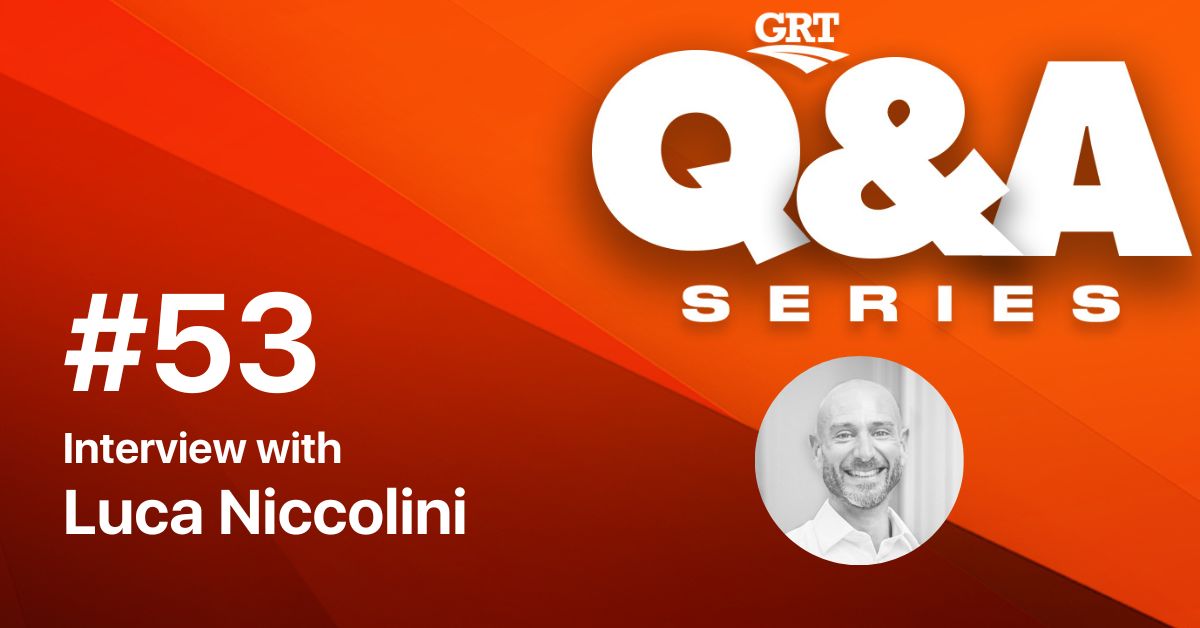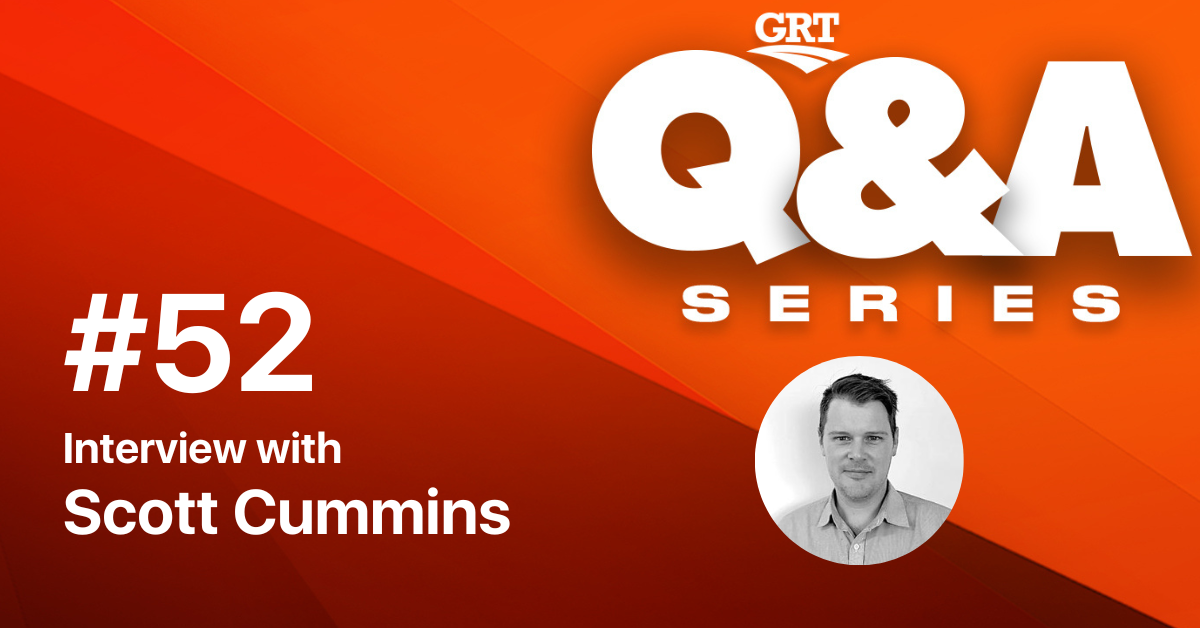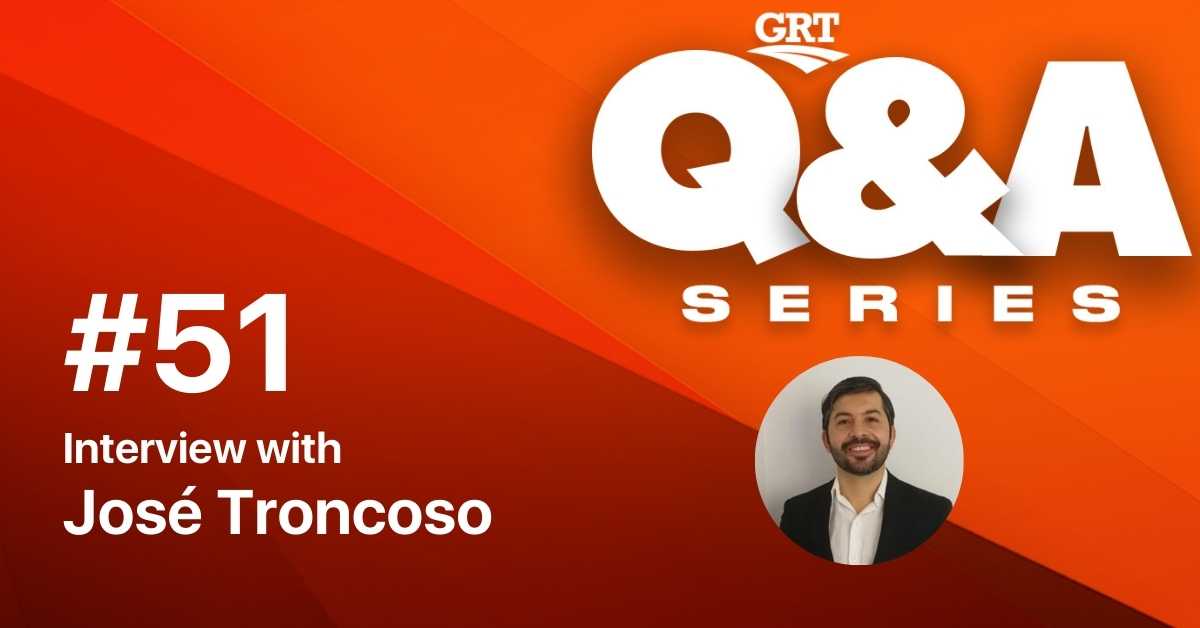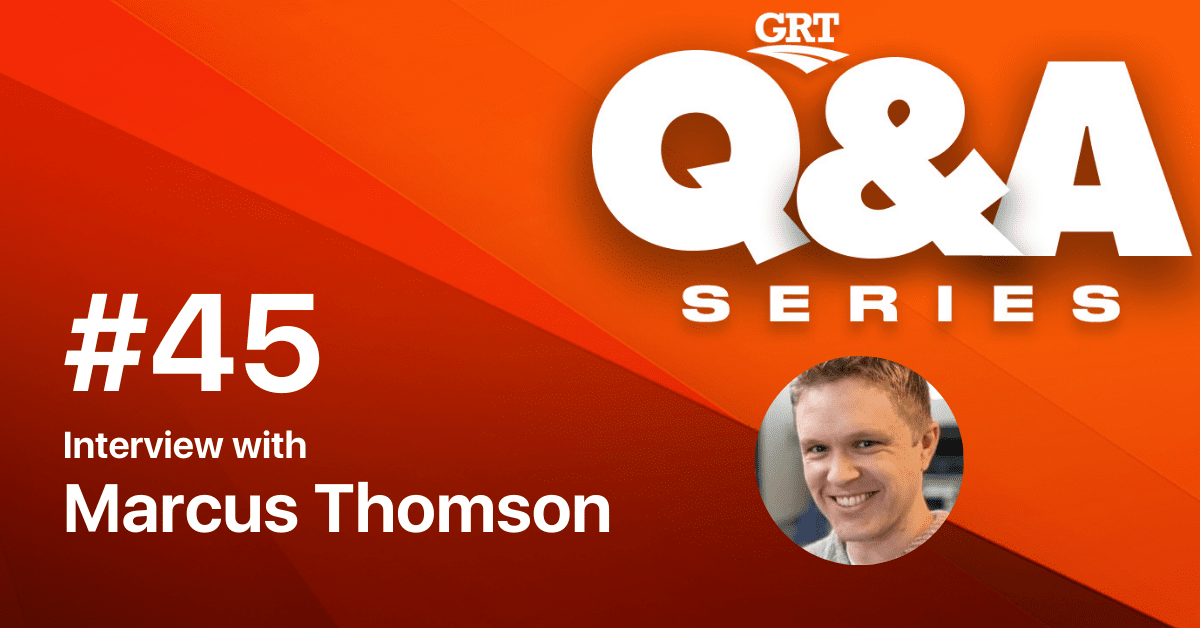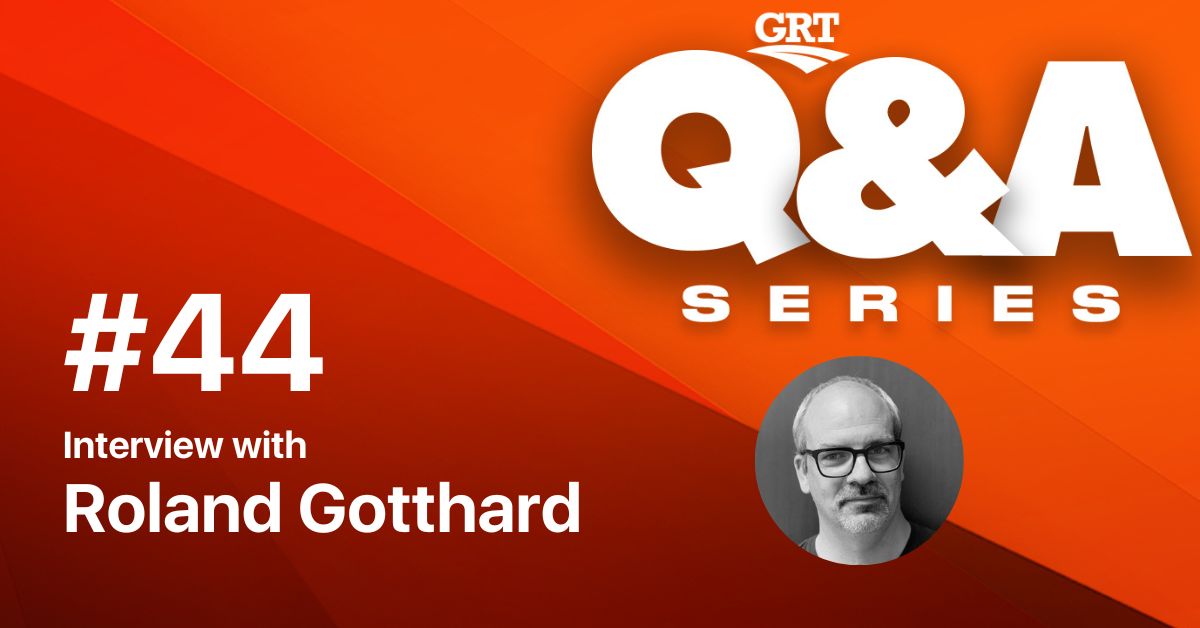Q&A Series #20: Interview with Mitchell F. Jakeman

About the guest
Mitchell F Jakeman is a highly regarded global mining professional with main experience in operating large and small, surface and underground coal mines. He is currently the Director Business Development at New H2O Energy. He has experience with junior exploration companies in coal, gold and copper. International experience in South Africa, USA, New Zealand, New Guinea, Indonesia, Chile and China. Been involved in IPO’s, investor presentations for funding, mergers and acquisitions and the constantly changing regulatory issues for JORC statements and ASX rules in a dynamic international resources market. Risk Management, HSE and Sustainability seen as key value drivers for any business.
Topic of discussion: Mining and Water Resource Management in Australia
Water resource management is the activity of planning, developing, distributing and managing the optimum use of water resources. Sustainable water management is important to conserve and protect water resources that are limited on the earth.
Water resource management involves how to use and reuse the available water efficiently minimizing the losses in reservoir and distribution network. Presently, with more conversation on climate change and its effects on water resources there has been continuous growth in the need for efficiency of water use and reuse at various stages.
The ‘cradle to cradle’ approach to end of resource life in a mine is key in achieving circularity of the resource industry. There is need for water resource management best practices at the end of life of mines and using them as sustainable solutions to water challenges takes priority in addition to provision of base infrastructure for power storage and generation.
Water resource management in mining has been an ongoing contentious issue in Australia. Some of the viable solutions to this ongoing debate are best described in our conversation with Mitchell F. Jakeman, Director of Business Development at New H2O Energy in the Greater Brisbane Area, Australia.
1. Can you tell us more about the services that New H2O Energy offers in Australia?
The services we offer are more diverse from the water as the basis for it to happen and the mines themselves. The mines will be the basis for the circular economy as they are repurposed during at the end of their resource life. The mines have large voids on the surface and underground. As part of their mining conditions they must capture and store all water on the surface until it is treated for release into local water courses. The work we have done in our company and now being recognised in the mining industry show that these will allow mines to provide base infrastructure for power storage and generation through hydro and water as well as water storage for local regional communities. In addition to the cheap green power you can clean the water and use it for hydroponics, aquaponics and other pivot irrigation uses.
Our studies and INTIMIATE knowledge of how mines are designed and knowing the economic and costing issues around all of these areas, has allowed what were considered cost areas as they were considered wastes from the mining process, to be transformed into significant operational revenue streams of 2 key input infrastructure sources used in mining – water and power. This approach then makes the mine self-sufficient in both areas off the public and regional supply, as well as being able to supply local or on grid supplies into the major power and water supply services at a far lower cost. In addition with the cheap green power you can clean the water as you have cheap green power and use it for hydroponics, aquaponics and other pivot irrigation uses and develop more jobs and business opportunities for long after the mine is closed for mining.
2. What is the current state of affairs of water resource management in the Australian mining industry?
Water resource management in the mining industry is well advanced but is now only looking at the opportunities to provide additional revenue and regional community expansions as governments can’t provide enough water and there are impacts on natural river systems. The primary focus of mining was to get basic water supplies from the regional government supplied water provider at a high cost and for a long contract period on a Take or Pay basis. This was a high capital cost for the business, but as mines were considered large capital intensive projects, they paid it. Within a 5 year period or less they would then start to accumulate large volumes of water from surface run off and high seasonal rain events that had to be controlled around surface mining areas and also found its way by gravity into any underground cavities or mined areas.
Mines in Australia could only discharge water on major rain events when river systems were in high flow if untreated or treat the water with high costs of power. Now that water becomes a major revenue source for power and all other uses of water, then any processing costs are covered to allow many opportunities to be expanded. All of this does not affect the regional supplies that are already in place, but show that full water management is important as shown by the mining industry and potential new infrastructure business’s that are developed.
3. Let’s be futuristic a bit! Mitch in a decade from now what value, progress and milestones would New H2O Energy have achieved in its contributions towards a sustainable future for water in the Australian mining industry?
New H2O Energy see an Australian mining industry providing 2 key pieces of infrastructure that is under stress now.
1) Cheap renewable hydro power and storage with base load grid stability for on grid and off grid applications. This will allow the Federal Government and the State Governments to meet the following major objectives:
- Net Target Zero being achieved well before 2050
- Base load grid stability in place and the power storage needed for wind and solar set up.
- Reduced capital costs for regional extensions into non-urban areas to be self-sufficient for power and water of connecting pipelines or cables/poles
- Expansion capability across all regional areas is now set up for economic creation and jobs as the 2 key infrastructure needs are in place.
2) Water resources that are unaffected by large evaporation rates of 7-9metres pa that occur on open water storage facilities across the nation. Water storages on mine sites can be protected on the surface and if underground get no evaporation. For surface areas -the installation of shade structures over the water can be easily and cheaply constructed. For underground areas – there is no exposure to wind or sun.
4. How can we reduce stress on national water resources in Australia and why is it important to build more dams on critical river systems and eco environments?
We believe we do not need to build more traditional dams as they are very costly and will only fill every 5-7 years when we get a major La Nina effect. The rest of the time they are only 30% effective and reduce natural water and eco systems. The mines in Australia are in these regional areas and there is probably in excess of 2 Warragamba Dams volume of water in Qld, NSW and WA mining areas. Conventional dams in Australia with high evaporation rates are not sustainable from a cost and effectiveness aspect. The high periodic seasonal rain events are becoming less predictable in terms of timing and amounts of water falling. It goes from nothing to record events overnight but we can’t store enough or divert it to other areas where the storages are without massive infrastructure of pipes and pumps.
5. What are the challenges faced in driving the New H2O Resources vision in the Australian water industry?
The challenge is just getting the first project site to demonstrate all these issues and solutions. Qld Govt has already posed the question to us of how we can assist in both areas and a presentation to the Coordinator General has been approved and supported. We were invited to the United Nations Off Grid Energy and Water conference held in Germany in December 2021. There were 4 companies asked to demonstrate what they have done with mining clients, but we were the only one that could do both water and power.
6. If environmental water bonds are costly, how will making water a tradable commodity drive new business and value opportunity for water use in Australia?
The traditional areas will not make this economically effective and the only people making a living will be the bond traders. The costs of conventional water storage or water harvesting when analysed are illogical and this is a better way to do it from a capital cost, timeframe and ESG criteria viewpoint. When you combine the whole system and apply some new technology and existing applications, then you can engineer a more wholistic system that addresses all ESG criteria and for those companies it will attract lots of high value funds looking for these types of opportunities. Those companies with good ESG reports are increasing in value by up to 30% from peers.
7. How do you envisage the future of water resource management in Australia and what are the areas of growth in driving sustainable water resource management?
As described above in:
- how we store – currently all open storage dams allow massive evaporation and atmospheric sediment to come into it,
- how we treat – there is lots of water that is deemed unsuitable but with cheap power now available it is easier to treat for a number of uses,
- how we use the water – we are still a wasteful society as we see water as readily available from govt to individuals
- protect it – we need to be looking for water storages and usage out to 15-20 years and not just a few years as we do now.
If the full economics are applied to each area then we see a perfect example of the circular economy being defined in a way that the anti-mining and ultra-green community will have trouble finding objections. It addresses environmental, community, rehabilitation of the land use and economic growth for business and jobs in a very logical approach. All sides of the spectrum around these areas will be met and integrated. We are sure there are other benefit areas from this to be gained as someone will say “ what about …….?

Keith Nare
Technical Head of Communications for GRT, Keith leads GRT's content strategy across various platforms, whilst coordinating internally to build the voice and opinions of the GRT team. Keith is a product of Nelson Mandela University and his PhD work focuses on Polymer and Physical Chemistry. He was a Research Associate at SANRAL in South Africa and later spent time as a Visiting Research Associate to NTEC at the University of Nottingham in the UK. He is a former Director of Communications for CALROBO in the USA.
Keith is passionate and enthusiastic about health and safety, sustainability, networking and finding synergy through conversations.
Related Interviews
MORE INDUSTRY ARTICLES
Nothing found.
